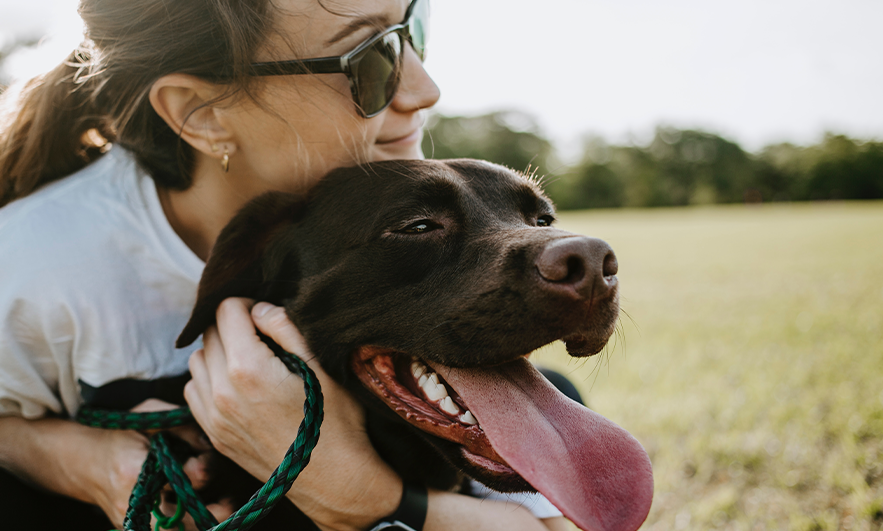
Checking Your Dog for Ticks
Checking your dog for ticks is an important part of their regular grooming routine, especially if you spend time in areas where ticks are prevalent. Here are some tips on how you can check your dog for ticks.
Getting ready: You'll need gloves, fine-toothed comb or flea comb, tweezers, a jar with rubbing alcohol or a sealed plastic bag, and possibly a flashlight. Choose a quiet and well-lit area to perform the tick check.
The inspection: Start by running your hands gently over your dog's entire body. Pay close attention to areas where ticks are likely to hide, such as the head, neck, ears, armpits, groin, between the toes, and around the tail. Feel for any small bumps or unusual lumps, as ticks can feel like small bumps on the skin. Whilst inspecting, be thorough and systematic, separate the fur with your fingers to check for ticks close to the skin.
Body: Use a fine-toothed comb or a flea comb to carefully comb through your dog's fur this can help you spot any ticks that are crawling on the surface of the skin and comb against the direction of hair growth to get a closer look at the skin.
Ears: Gently lift your dog's ears and examine the inner ear flaps and the ear canal as ticks are often attracted to the warm and hidden areas of the ears.
Paws: Examine between your dog's toes and pads as ticks can easily attach to the soft skin in these areas.
Tail: Lift your dog's tail and check the base of the tail, as well as the area around the anus.
What to do if you find a tick: Use fine-tipped tweezers to grasp the tick as close to the skin's surface as possible. Gently and steadily pull the tick upward without twisting or jerking this will help to ensure you remove the entire tick, including its mouthparts. Place the tick in a jar with rubbing alcohol or seal it in a plastic bag.
Disinfect the area where the tick was attached and wash your hands thoroughly. Monitor the area for any signs of infection or inflammation and if you notice any unusual changes, consult a veterinarian.
Remember that proper tick removal is important to minimize the risk of disease transmission. If you're unsure about how to remove a tick or if you're concerned about your dog's health, it's always a good idea to consult your veterinarian for guidance. Additionally, using tick preventives recommended by your vet can help reduce the chances of tick infestations on your dog.
